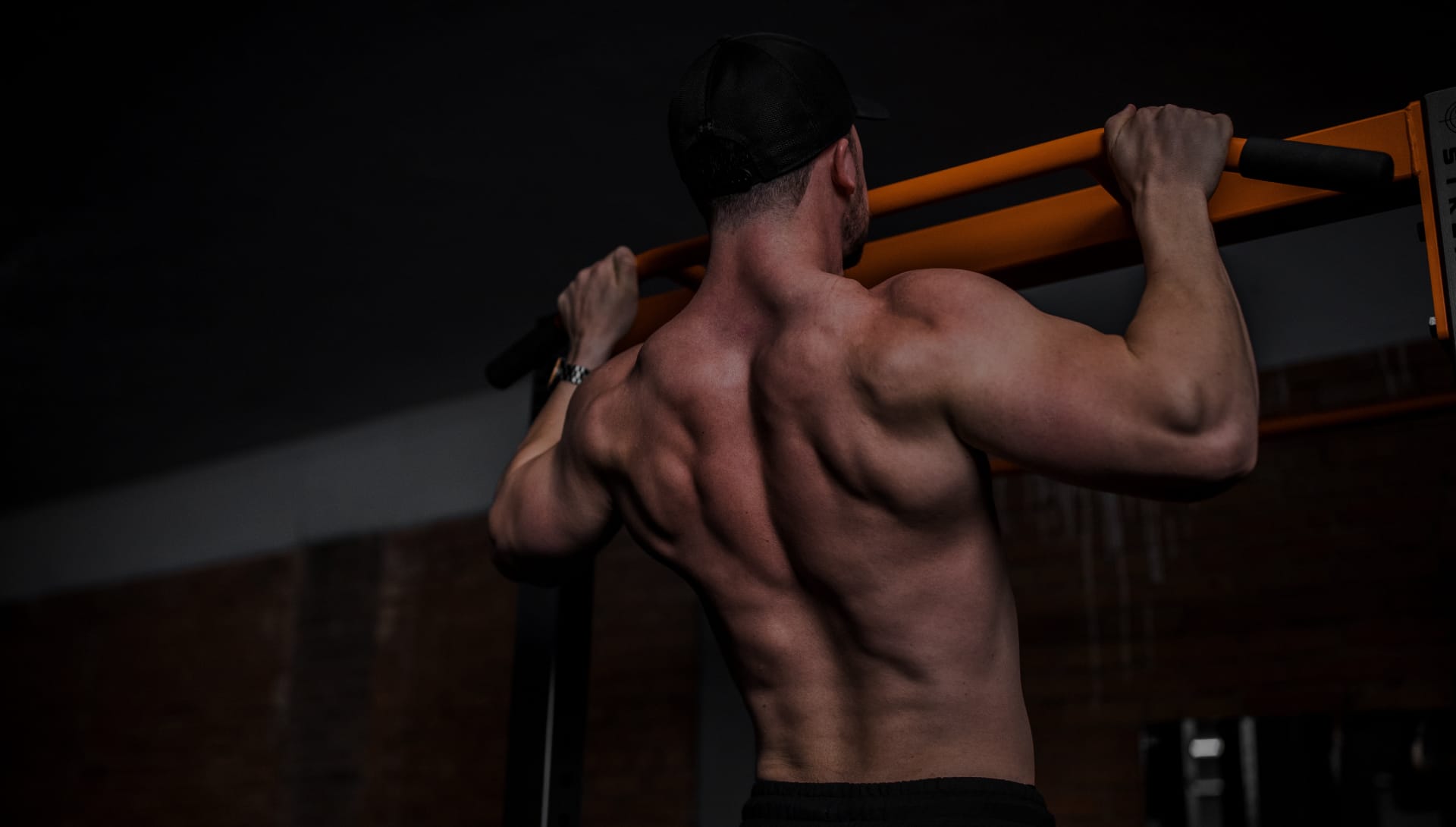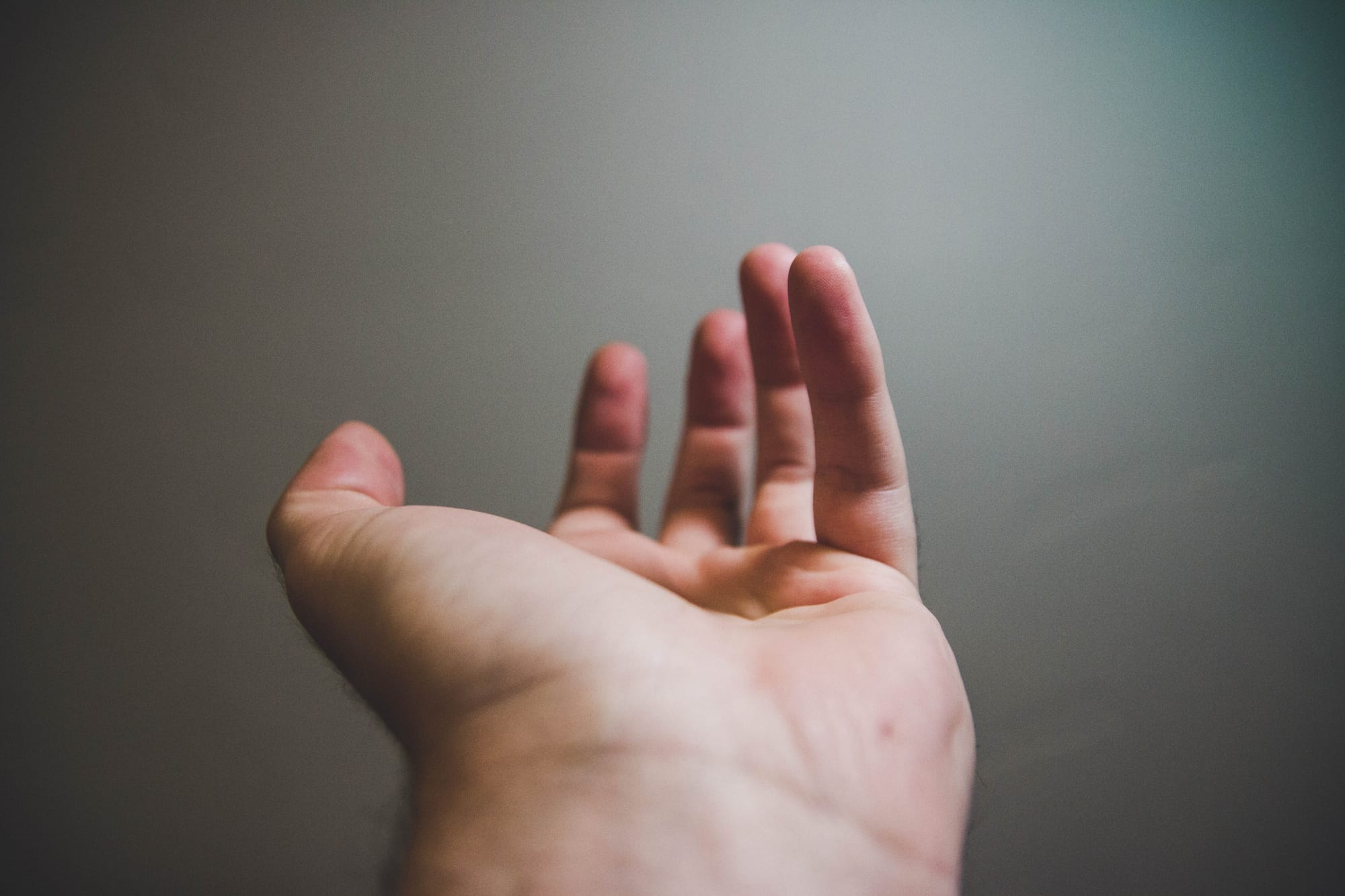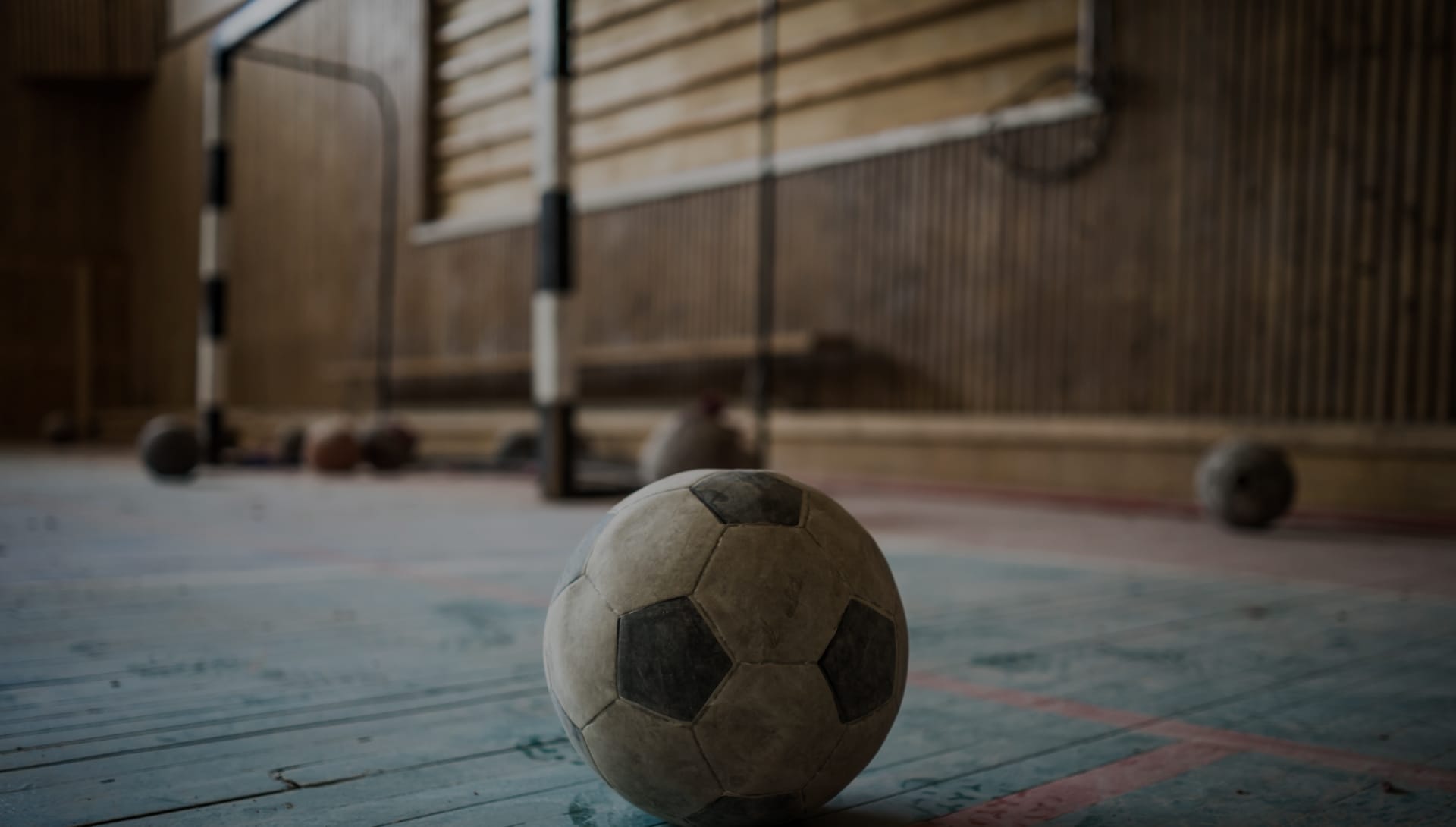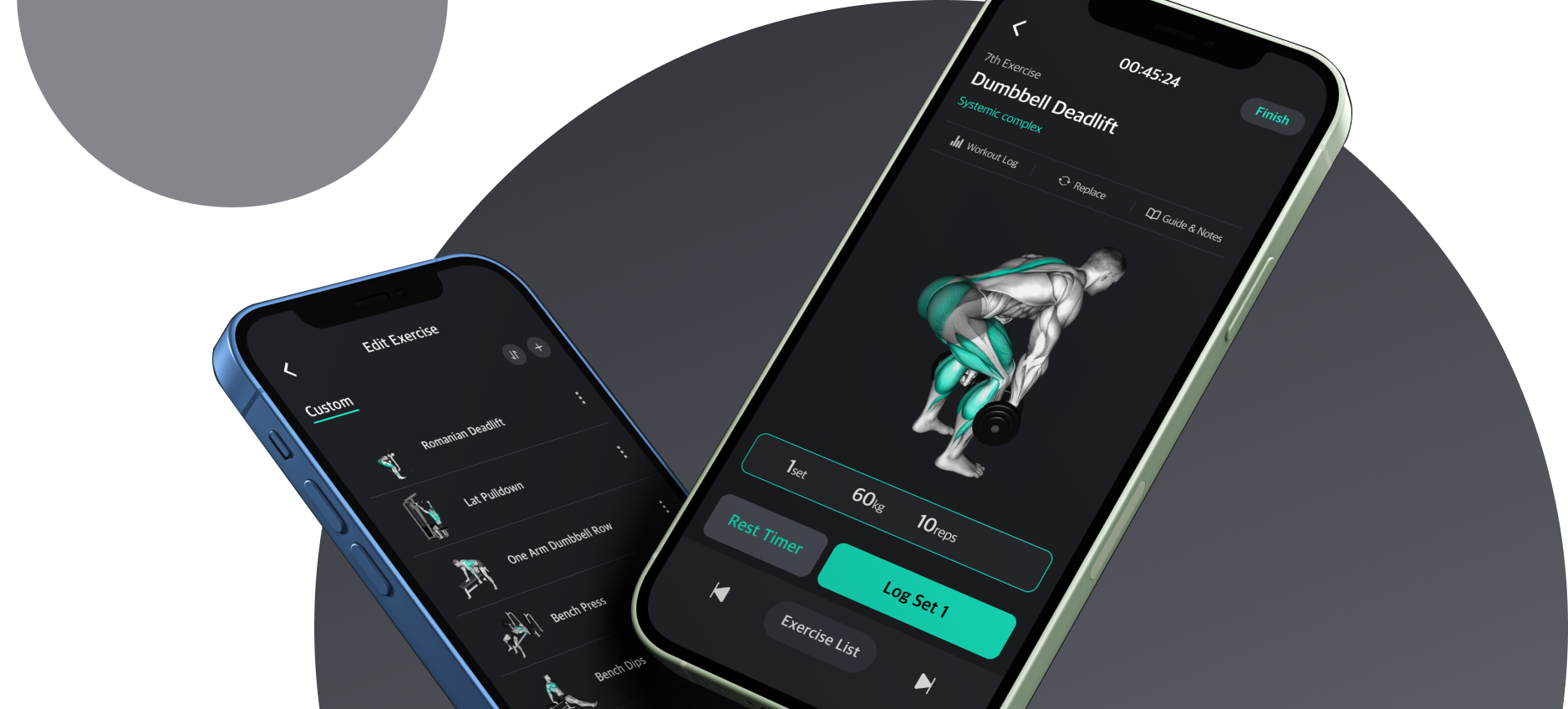The Reason Your Back Isn't Growing from Pull-Up : Grip, Chin-up

The Importance of the Best Pull Up Grip :
chin-up and pull-up

Pull-ups, a quintessential exercise for back muscle development, are lauded for their ability to strengthen and widen the back. However, a common frustration among many is the lack of visible progress, even after consistently performing pull-ups. A significant factor contributing to this issue often boils down to the choice between chin-ups and pull-ups, and more importantly, the use of incorrect grip and posture in these exercises.
Today, we're diving deep into the nuances of 'chin-up vs pull-up' grips, exploring how to optimize your technique for effective back muscle development.
Best Pull Up Grip
Understanding the Difference Between Chin-Up and Pull-Up

Grip and Elbow Position:
- Chin-up: By adopting a narrower grip with palms facing towards the body, chin-ups position the elbows closer to the torso. This stance intensively activates the latissimus dorsi, enabling a greater range of motion for both stretch and contraction.
- Pull-up: Characterized by a wider grip and palms facing away, pull-ups target the upper fibers of the lats more effectively. The focus is on drawing the elbows down from the sides, which is advantageous for upper back development.
Muscle Activation and Movement:
- Chin-up: These primarily work on the lats, specifically in pulling the elbows down and in front of the body. Combined with bicep engagement, chin-ups are generally perceived as more approachable.
- Pull-up: They significantly involve the forearms (brachioradialis), thereby contributing to the development of the forearm and upper arm muscles. While they also work the lats, the muscle fiber activation differs from chin-ups.
Research Findings:
According to a study analyzing muscle activation during these exercises, both pull-up and chin-up are effective in stimulating the lats, albeit in slightly different ways. Pull-up are more inclined towards developing upper back fibers, whereas chin-up favor the lower back fibers.
In terms of bicep activation, chin-up demonstrate higher levels, while pull-up more actively engage the forearm muscles.
Mastering the Chin-Up vs Pull-Up Technique
Executing pull-ups with precision is vital for stimulating the latissimus dorsi effectively. Keep your elbows from flaring out excessively and maintain a vertical movement. Slightly lean your upper body back to open up the chest, ensuring a return to a neutral position on the descent. This technique fosters efficient muscle engagement.
Maximizing Muscle Engagement and Control
In pull-ups, focus on the full range of muscle contraction and extension. The goal isn't merely to reach the bar with your chin but to concentrate on proper muscle tension and relaxation, particularly in the lats. Adjust your pulling speed to 1-2 seconds and take 2-3 seconds to lower yourself, facilitating muscle growth. Diversify your back workouts beyond pull-up alone. Incorporating various exercises promotes overall muscle balance, leading to broader back muscles and enhanced overall physical abilities.
Conclusion ✅
Knowing 'Chin-Up vs Pull-Up' and 'Best Pull Up Grip'

By understanding the critical differences between pull-ups and chin-ups, you can effectively target and develop your back muscles. Each variation, with its distinct grip style and movement pattern, caters to different parts of the back, making them indispensable for a well-rounded back development.
Incorporating both pull-ups and chin-ups into your routine, and focusing on the 'Best Pull Up Grip,' ensures comprehensive growth and enhancement of overall physical abilities. Always prioritize safe and correct methods in your workouts for maximum benefit and effectiveness.



